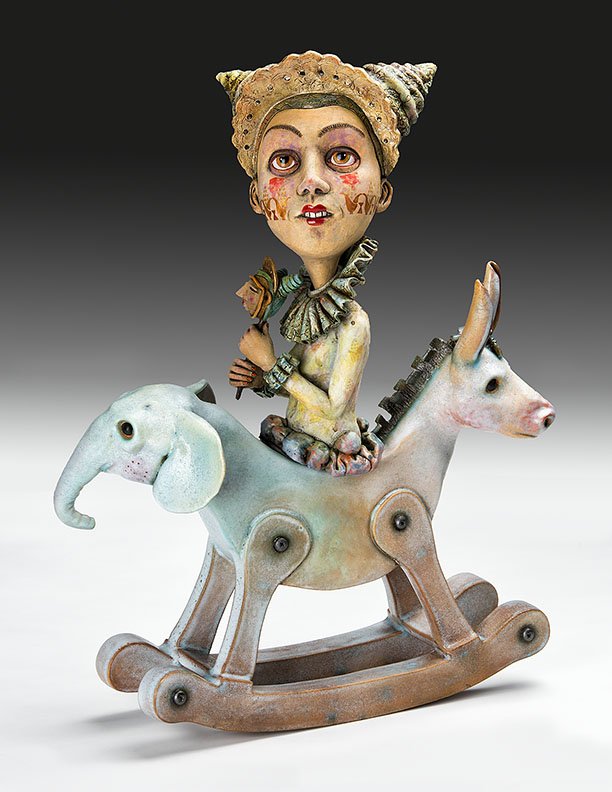A Conversation with Diana Farfan

Diana Farfán is a sculptor based in Greenville, South Carolina. Originally from Bogotá, Colombia, her sculptures are childlike and whimsical while provoking thought and commentary about politics and the environment. Parallel to her ceramics practice, she is a school instructor, an active member of local Latino cultural organizations, and an environmental advocate. Diana’s most recent initiative is Agent HeART, an educational program that aims to teach kids to value the environment through creating art.
Evelyn Shi: I read that you grew up in Bogota, Colombia, and that your inspiration to work with ceramics goes back to your childhood. Can you tell me about who you are as an artist and why you make the work that you do ?
Diana Farfan: That is a difficult question because I don’t even know who I am as a person. I mean, I do, but if we want to go deeper, it gets complicated. All I can say is that it is hard for me to separate life from work. All I do is totally correlated and aligned and connected to what I am. I see art as a possibility to create my own vocabulary. It can be sculptural, graphic, three-dimensional, or maybe through something that I write. I try not to separate myself from what I create.
ES: When did you start doing pottery?
DF: When I was little, I was going to art classes and summer camps and trying out different types of expressions and techniques. I was 11 years old when I was taking ceramics classes and my teacher had a beautiful ceramics studio. Her walls were made out of brick. I mentioned to her how much I was in love with her studio walls because they had all these different shades of orange. Each brick had a different tone, like red, orange, and yellow… I was fascinated by it.
She told me, “You know, bricks are ceramics, and if you learn how to work with clay, in the future, you can make your own bricks and build your own home.” I think that’s what got me - of course I’m going to build my own house! That’s amazing! I got stuck on the idea of becoming a ceramicist.
ES: Can you tell me a bit more about “Bread and Circus”, your latest exhibition?
DF: Bread and Circus was the last show I had. The idea came from my experience becoming an American citizen. After I got my citizenship, I had the opportunity to vote, and I wanted to educate myself about the government of my new home, which is similar but somehow very different to the Colombian political system. Both countries are based on democracy, but what we call left or right there is not the same left or right here.
Going through that self-education, trying to identify what it means to be Republican or what Democrats stand up for, I found myself confused. I was reading the newspapers and magazines and listening to the radio daily, but I felt like I was not making much progress on what I wanted to learn.
Watching the news on the TV, I found something interesting - the way that the news would alter advertisements. For example, I would watch 10 minutes of news, and then the channel I was watching - maybe CNN - would go to advertisements about fast food, like McDonald’s, and then it would go to an advertisement for medicine, for instance, diabetes medication, and then it would go to health insurance, like Blue Cross, and then to cars, and then to car insurance. I noticed this repetitive pattern in how mass media brainwashes people. I felt like the mass media was feeding me with trash instead of offering me an opportunity to educate myself. Basically, Bread and Circus came after this routine of finding myself lost and bombarded by useless information.
The term Bread and Circus came after I was reading philosophical terms. Juvenal was a philosopher back in Roman times who said that what the government does really well is offer bread and circus. It’s a metaphor for when people are entertained and fed, because then they don’t have time to think. And then they can leave the government alone doing what the government wants to do. So I created a number of pieces related to the way I felt about politics - overweight because I was eating too much information but undernourished because I was not really getting an education.
ES: Wow, that’s very metaphorical and interesting. A lot of your sculptures are almost child-like while commenting on social issues. How did you start using this toy-like style as a vehicle for social commentary?
DF: The idea for the toy came from my years working as a teacher back in my home country. My students were coming from unprivileged families and they didn’t have the resources to buy new toys. They either had to create their own toys with any type of material they could find, or they had to fix the toys that were used by privileged kids uptown. Most of these kids were coming from families that go from home to home picking up trash - aluminum, paper, plastic, and they take it to the big factories. It’s a common business in Colombia because you don’t need a big infrastructure to pick trash in your neighborhood.
I was impressed at how my students were very creative about transforming broken toys into different materials in order to continue playing with them.
I came to think that about life itself - how many times we humans stopped trying to do something just because one piece in the whole process is not working well. These kids taught me that life is just a metaphor for trying different ways to make it work. There’s something very poetic about the look of an old toy, especially for my generation. I am one of the last generations that still played with toys when we were little. But I also come from a country where politicians are very corrupt and favor their own benefits and business over their people. There’s this sad relationship between people and toys in that some people treat other people like toys.
ES: You are involved with cultural advancement, social justice organizations, and Agent HeART. How are you using your art skills and your work for a platform for social justice and advancement?
DF: I think that I have developed my work to the time I’m living in. So I think I’m done with the politics. For a few years, I worked with the bread and circus theme, which was mostly represented in my work through the elephant and the donkey figures. I was talking about Democrats and Republicans and the female figure I used as a representation of Latin-Americans. I think I’m done with that - it doesn’t mean that I’ve learned all that I have to learn, it just means that I’m tired of using those symbols and working on the same topics. Maybe from 2008? I started feeling more connected and more responsive to everything that has to do with the environment. At the same time, it came to me an opportunity to do a two-year local fellowship program called Liberty Fellowship. They are an organization big in South Carolina, and what they do is they offer resources to local leaders and I was invited to be a part of one class, the class of 2019. So we were going through seminars and a lot of readings about different topics, but mostly ones related to human justice, the Constitution, politics, global justice, the environment, etc.
I feel like every piece that I do with my sculptures is a way to educate an audience. I also do this in different ways - by talking to them, by sharing my ideas, by writing articles for newspapers, by finding the opportunities to maybe be interviewed and expose these ideas. Going to schools and working with kids, and just the possibility to offer this knowledge that I can share in a fun way. I feel like this is my opportunity to connect with people and inform an audience on how hard ceramics are. I want to honor the technique and express how demanding but beautiful it is to be a ceramic artist.
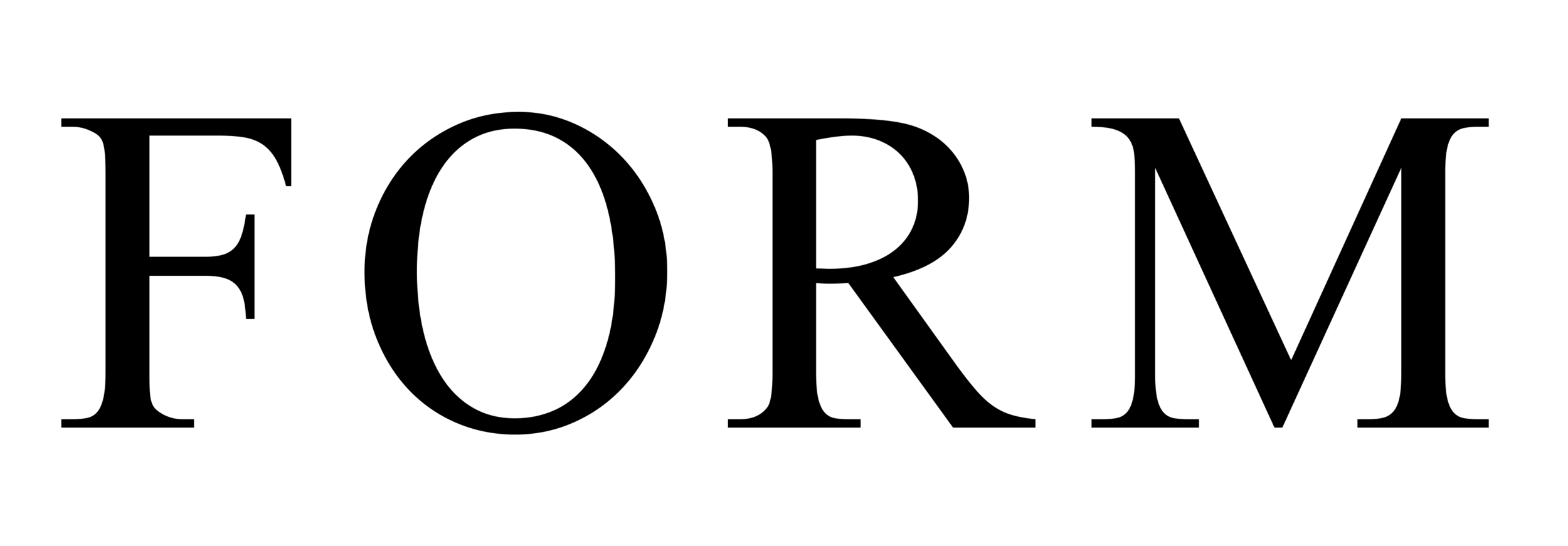
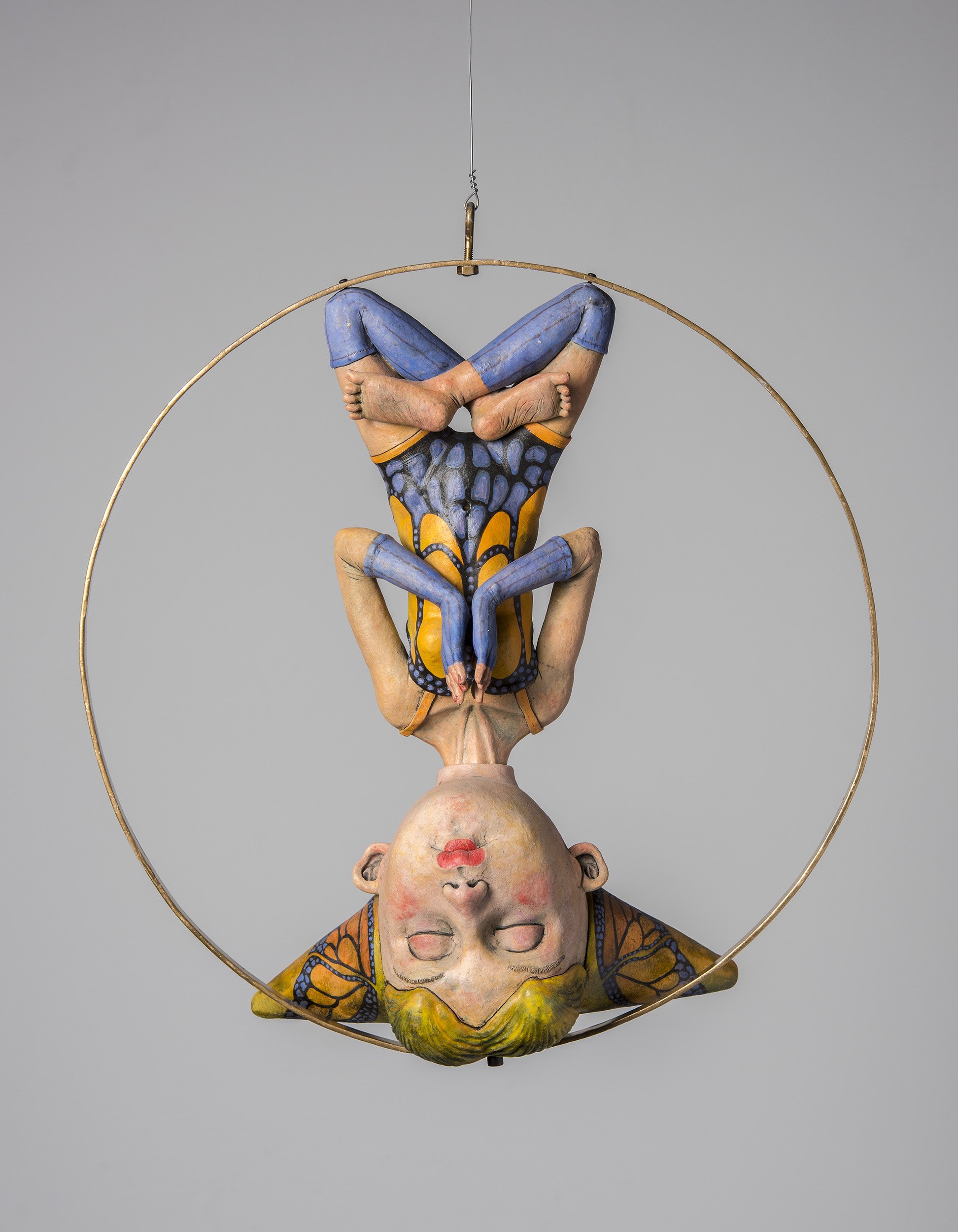

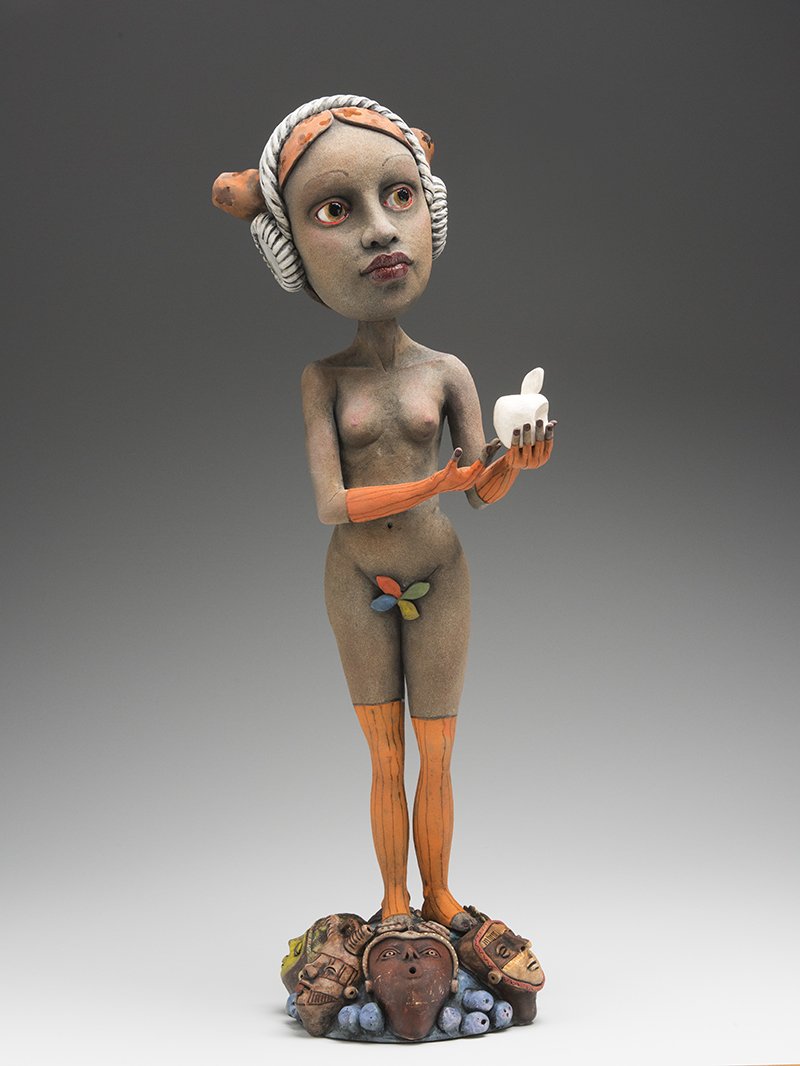
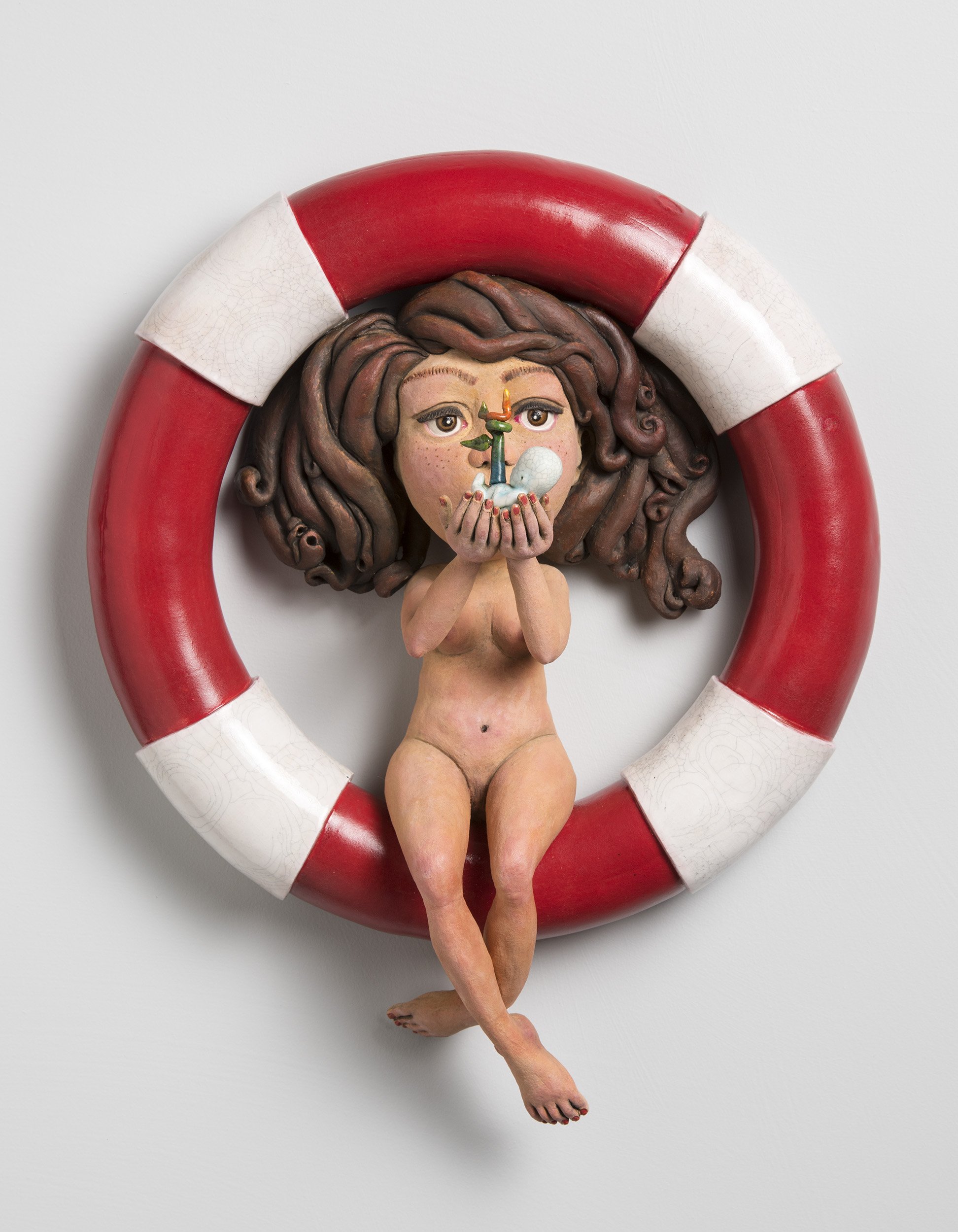

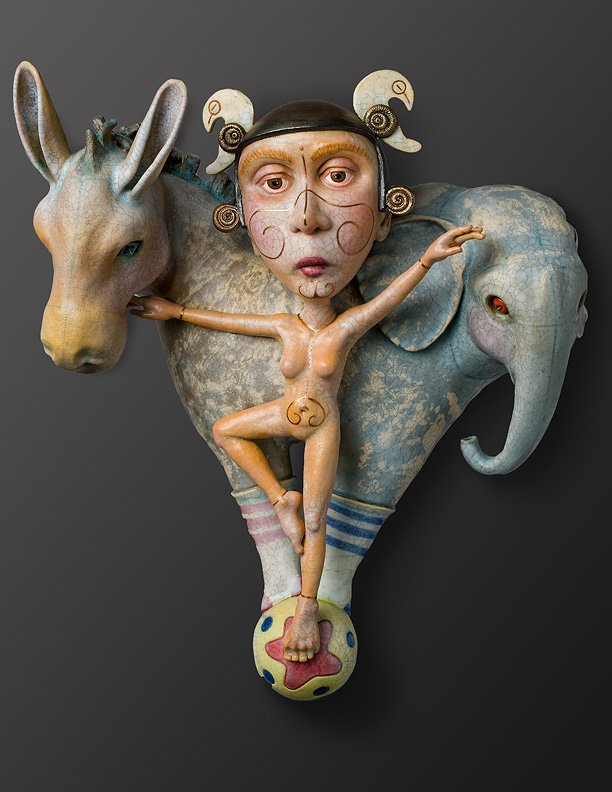
![The Bultman Brothers-1[1].jpg](https://images.squarespace-cdn.com/content/v1/589de8611e5b6c16923051b4/1664849732657-JDD52AZHRT2BBAD9TYQW/The+Bultman+Brothers-1%5B1%5D.jpg)

